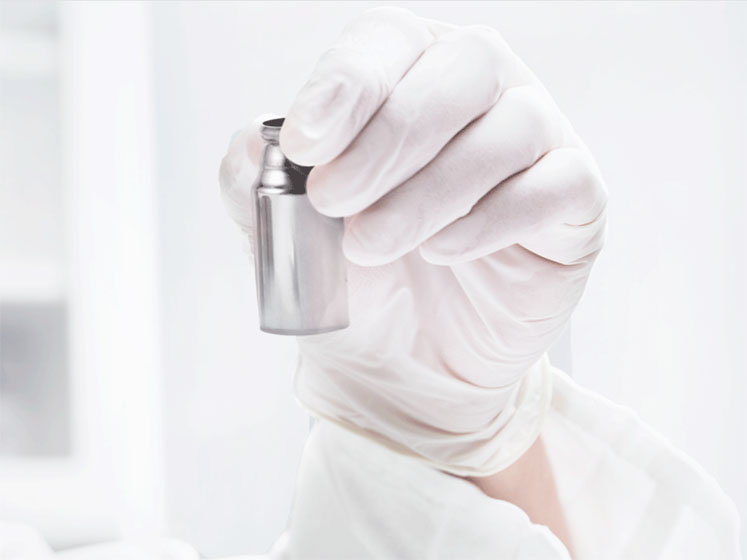Inhalation has a long history as a drug delivery method owing to its ability to deliver medicines directly to their site of action in the respiratory system. Following the invention of the first metered dose inhalers (MDIs) and dry powder inhalers (DPIs) during the twentieth century, technology in the inhalation space has significantly evolved.
Each advancement in inhalation sciences has generated a large volume of patient-centric products that have helped to improve the treatment of many prevalent diseases, including asthma and chronic obstructive pulmonary disease (COPD).
Today, there are numerous inhalation devices on the market, which fall within four main categories: MDIs, DPIs, nebulisers and soft mist inhalers. Most recently, the successful development of the Ellipta DPI device and application of PulmoSphere particles have also made triple combination products accessible to patients.
Progress in the inhalation field continues to be forthcoming. The emergence of new device technology, improvements in container closure systems, new excipients and advances in particle engineering technology, all bring significant developments in the efficiency and clinical efficacy of inhalation delivery. But what are some of the innovations in drug formulation and inhaler devices that are going to continue to shape the space in the coming years?
Although respiratory diseases will remain the main target of inhalation therapy, we are going to see growing interest in the use of inhalation dosage forms to target systemic delivery. Generally, the delivery of both small and large molecules into the lung leads to high absorption rates, making inhalation delivery attractive for drugs with a rapid onset of action.
Therapeutics outside of the respiratory space that are already benefiting from this delivery method include peptides and proteins such as insulin, vaccines and, more recently, SiRNA, as well as some severe pain relievers … although some of them are still under development.
From a device perspective, more inhalers will be designed that offer better delivery efficiency and, therefore, greater compatibility with labile molecules. For example, new DPIs make formulations more compatible with dual or multiple compound products to control COPD or severe asthma. We have also seen more portable nebulisers under development and vaporised inhalers, which could offer further advantages for both patients and developers.
An increased focus on enhancing the user-friendliness of devices using human factor engineering will also be key, as well as the introduction of more environmentally friendly propellants.

The field will continue to work on new production processes that will deliver improved particle properties and more manageable formulations, as well as more controlled and less complicated manufacturing. Following the launch of MDIs, the application of new particle technology in DPIs, based on the same technology, will also undoubtedly bring more products to the market.
New molecules, especially biologicals for inhalation, are growing in prevalence and will increasingly appear during the next few years. This will require specific formulation technologies and delivery platforms. We will also see more and more inhaled drugs for new applications or the same application via inhalation or nasal routes coming through the 505(b)2 regulatory path.
Inhalers will also not escape digital transformation, with connected devices already helping patients with asthma and COPD to gain better control of their condition, understand triggers and achieve better compliance with dosing regimens through alerts and reminders. They can also provide real-time information to medical teams. Smart inhalers can also gather valuable data for research and, most importantly, may help to save lives.
Developing an inhalation product requires multiple disciplines, including device, particle and formulation technologies, aerosol and manufacturing sciences, and regulatory expertise. The extent of the challenges means that outsourcing will likely remain a major trend for the space, with many developers choosing to alleviate the burden on their companies by bringing the expertise of third parties onboard.
Finally, there is always room for improvement in any area of drug delivery and one that remains an Achille’s heel for inhalation is the high costs of inhalers. When the chlorofluorocarbon-based (CFC) MDI was phased out, the industry and healthcare sectors witnessed a sharp rise in prices.
It is important that companies explore ways to make inhalers more affordable to patients by supporting the development of new products and generic alternatives that can reduce overall healthcare costs.
All these advances require scientists to “grasp the nettle” and shorten the development cycle, all while retaining their focus on product quality. The employment of new approaches, such as quality by design (QbD), subsequent product lifecycle management and working closely with regulatory agents will likely become routine in the inhalation industry, ultimately bringing more quality products to patients.
